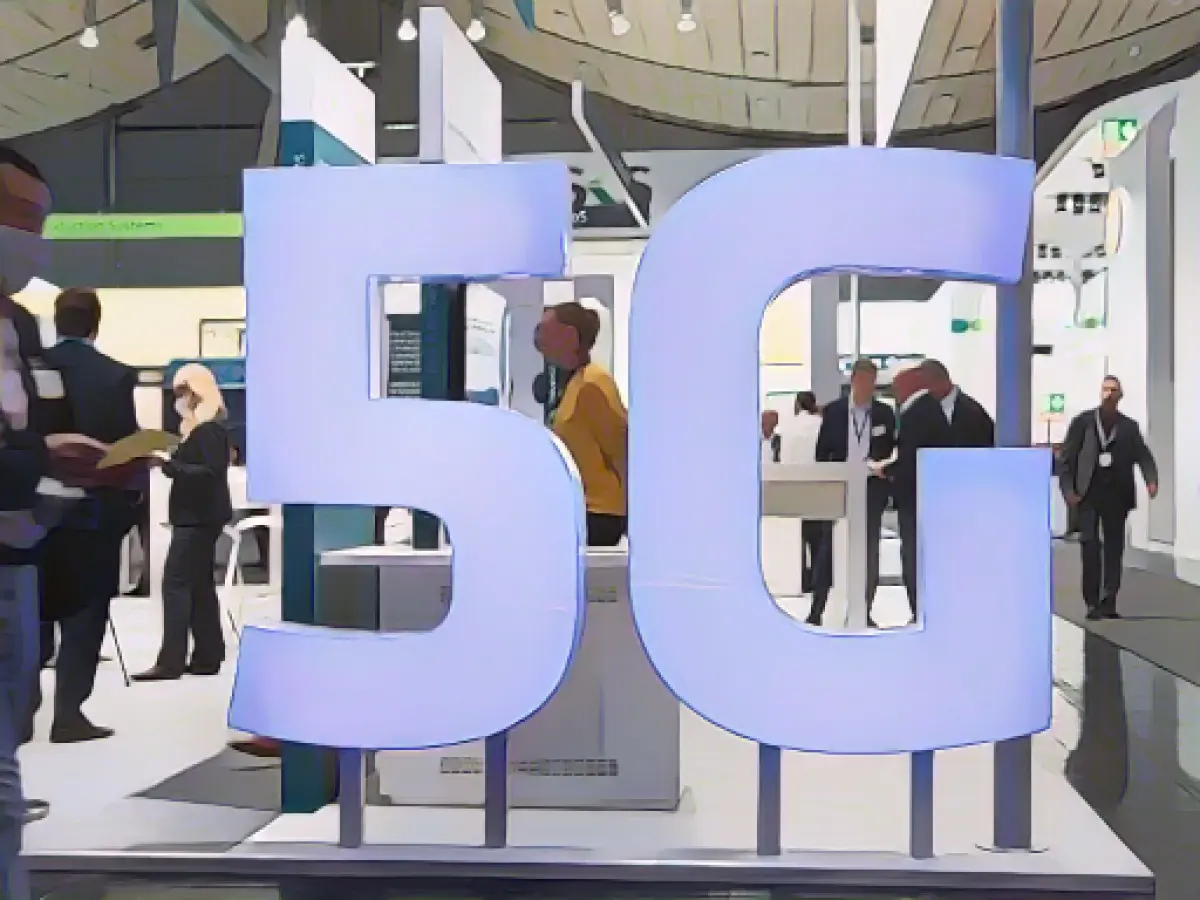Number of 5G mobile contracts in Western Europe doubles in 2023
Following the billions invested by mobile communications providers in expanding their networks for the fifth generation of mobile communications, 5G is slowly becoming a big seller.
According to an analysis by mobile equipment provider Ericsson (5G), the number of 5G contracts in Western Europe will double this year. At the end of 2022, the researchers recorded 67 million 5G contracts in Western Europe. By the end of 2023, there should be 139 million. This is according to the Ericsson Mobility Report, which was published in Stockholm. This corresponds to a market share of 25 percent.
Internationally, North America is still far ahead. 61% of all mobile phone contracts there include the option for customers to be able to transmit in a modern 5G network. In North East Asia, the proportion is 41% and in the Gulf region 34%.
Western Europe will catch up by 2029
In the medium and long term, however, the Ericsson report predicts a change in the leading positions. Western Europe will catch up by 2029 and will then have a share of 85% of all contracts for 5G. North America (92%) and the Gulf Cooperation Council region (92%) will only just be able to defend their lead. North East Asia (79%) is in danger of falling behind.
According to Ericsson's experts, the boom in 5G usage will pose a technical challenge for mobile network providers' networks. The frequencies in the range below 1 gigahertz, which have been frequently used to date, would make it possible to cover large areas. In terms of capacity and speeds, they could not keep up with the frequencies in the mid-band spectrum around 3.5 GHz.
"With extremely fast data rates, this mid-band creates the conditions to enable new use cases and offer customers a completely new experience," said Daniel Leimbach, Head of Western Europe at Ericsson. Mid-band coverage in Western Europe will only be 25 percent by the end of 2023. Compared to leading 5G nations, the Europeans are far behind here: North America is at 85 percent and China at 95 percent.
- The surge in 5G adoption is not limited to Western Europe, as Ericsson's analysis also reveals an increase in 5G contracts in North America and the Gulf Cooperation Council region.
- Ericsson, a prominent player in the telecommunications industry, expects mid-band coverage in Western Europe to reach only 25% by the end of 2023, indicating a significant gap compared to leading 5G nations, such as North America with 85%.
Source: www.dpa.com








